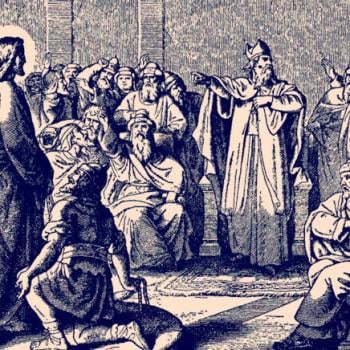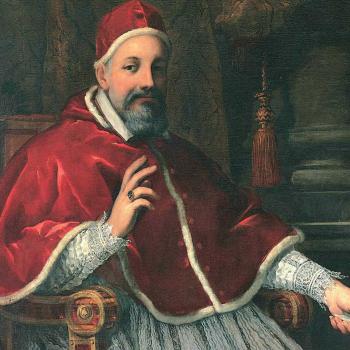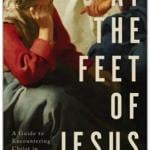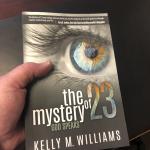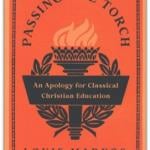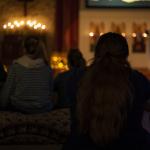Emmanuel Katongole (A Future for Africa, 98-101) argues, as others have, that the racial division behind the Rwandan genocide was forged during Western colonization. “Before the colonial occupation of Rwanda,” he writes, “the Hutu and Tutsi were not ‘clearly distinct and rigidly separated ethnic groups.’” The distinction existed, but it was fluid and based more on economic status and power relations. Europeans treated the difference as “an essential racial difference; one that reflected ontological superiority and inferiority, and one that... Read more











